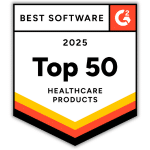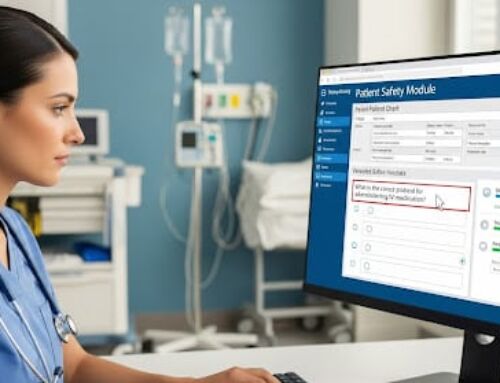
With the healthcare industry constantly transforming and adapting, managing risks has become a critical aspect of ensuring patient safety, organizational resilience, and regulatory compliance. To navigate these complex challenges effectively, healthcare entities increasingly adopt enterprise risk management frameworks tailored to their industry. This article will explore the significance of an enterprise risk management framework for healthcare and its role in safeguarding the future.
Understanding Enterprise Risk Management in Healthcare
Enterprise Risk Management can be defined as a comprehensive approach to identifying, assessing, prioritizing, and mitigating risks across an entire organization. In the context of healthcare entities, an Enterprise risk management framework focuses on managing risks that may arise from various areas, such as:
- Patient Safety
- Regulatory Compliance
- Financial Stability
- Data Security Breaches
- Reputational Damage
- Operational Disruptions
Why Healthcare Entities Need an Enterprise Risk Management Framework?
To effectively navigate the industry, it is crucial to implement an enterprise risk management framework for healthcare.
1. Enhancing Patient Safety
Ensuring patient safety is paramount in any healthcare setting. An enterprise risk management framework enables organizations to identify potential risks that could compromise patient well-being and take proactive measures to prevent adverse events. With systematic risk assessment processes in place, healthcare entities can enhance patient safety protocols and implement preventive strategies accordingly.
2. Protecting Financial Stability
The financial viability of healthcare organizations heavily relies on effective risk management practices. By adopting an enterprise risk management framework, healthcare entities can identify potential financial risks such as:
- Revenue loss due to billing errors or fraud
- Increased expenses related to malpractice claims or litigation settlements
- Reimbursement challenges
Through proactive mitigation strategies outlined within the enterprise risk management framework, these risks can be minimized or eliminated.
Components of an Effective ERM Framework for Healthcare Entities
To ensure the efficient and successful management of risk within healthcare entities, it is imperative to establish a comprehensive and well-structured Enterprise Risk Management framework.
1. Risk Identification and Assessment
The first step in implementing an enterprise risk management framework is the identification and assessment of potential risks. This involves conducting comprehensive risk assessments across various departments and functions within the organization. By utilizing tools like risk matrices, SWOT analysis, or scenario-based modeling, healthcare entities can identify both internal and external risks that may impact their operations.
2. Risk Mitigation Strategies
Once risks are identified and assessed, healthcare organizations need to develop effective mitigation strategies to minimize the likelihood or impact of these risks. This could involve creating protocols for staff training, implementing robust cybersecurity measures, enhancing patient safety initiatives, or establishing backup systems for critical operations. These strategies should be documented within the Enterprise risk management framework to ensure consistency in risk management practices.
3. Monitoring and Reporting
An integral part of any successful enterprise risk management framework is ongoing monitoring and reporting of risks. Regular reviews and updates help healthcare entities stay abreast of emerging risks or changes in existing ones. By closely monitoring risk indicators, organizations can proactively take corrective actions where necessary, ensuring that their risk management efforts remain relevant over time.
Managing Your Risk
Ultimately, having a well-structured enterprise risk management framework in healthcare is paramount for mitigating risks effectively. With patient safety at the forefront, healthcare entities must prioritize proactive identification, assessment, mitigation, monitoring, and reporting of risks throughout their organization. By adopting an ERM framework tailored to their specific needs, healthcare organizations can ensure optimal outcomes while safeguarding their financial stability and reputation in an increasingly complex environment.










